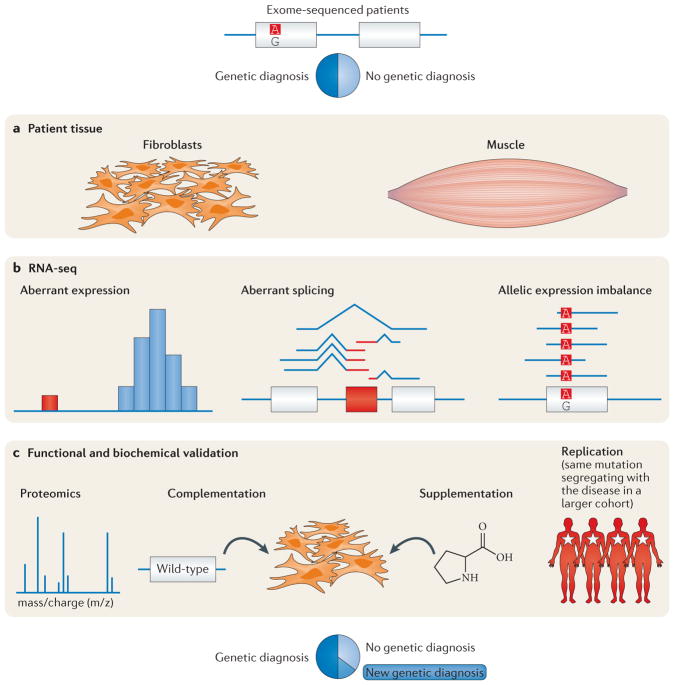Figure 1. Identifying a causal variant to diagnose a patient with a rare disease.
In Kremer et al.15 and Cummings et al.16, multi-omics approaches were used to aid in the diagnosis of patients with undiagnosed disease. Although exome and genome sequencing can be effective in identifying causal genetic variation between 20% and 50% of the time, depending on the mode of inheritance and phenotype, the majority of cases cannot be solved by these technologies alone. a,b | Using RNA sequencing (RNA-seq) data from patient tissue, these approaches were able to make a molecular diagnosis for many patients, identifying genes with aberrant expression, splicing or allele-specific expression, which would suggest a molecular mechanism for the disease progression. c | In some cases, functional validation, such as proteomics, can lend additional support to these diagnoses. Figure is adapted from REF. 15, Macmillan Publishers Limited.

